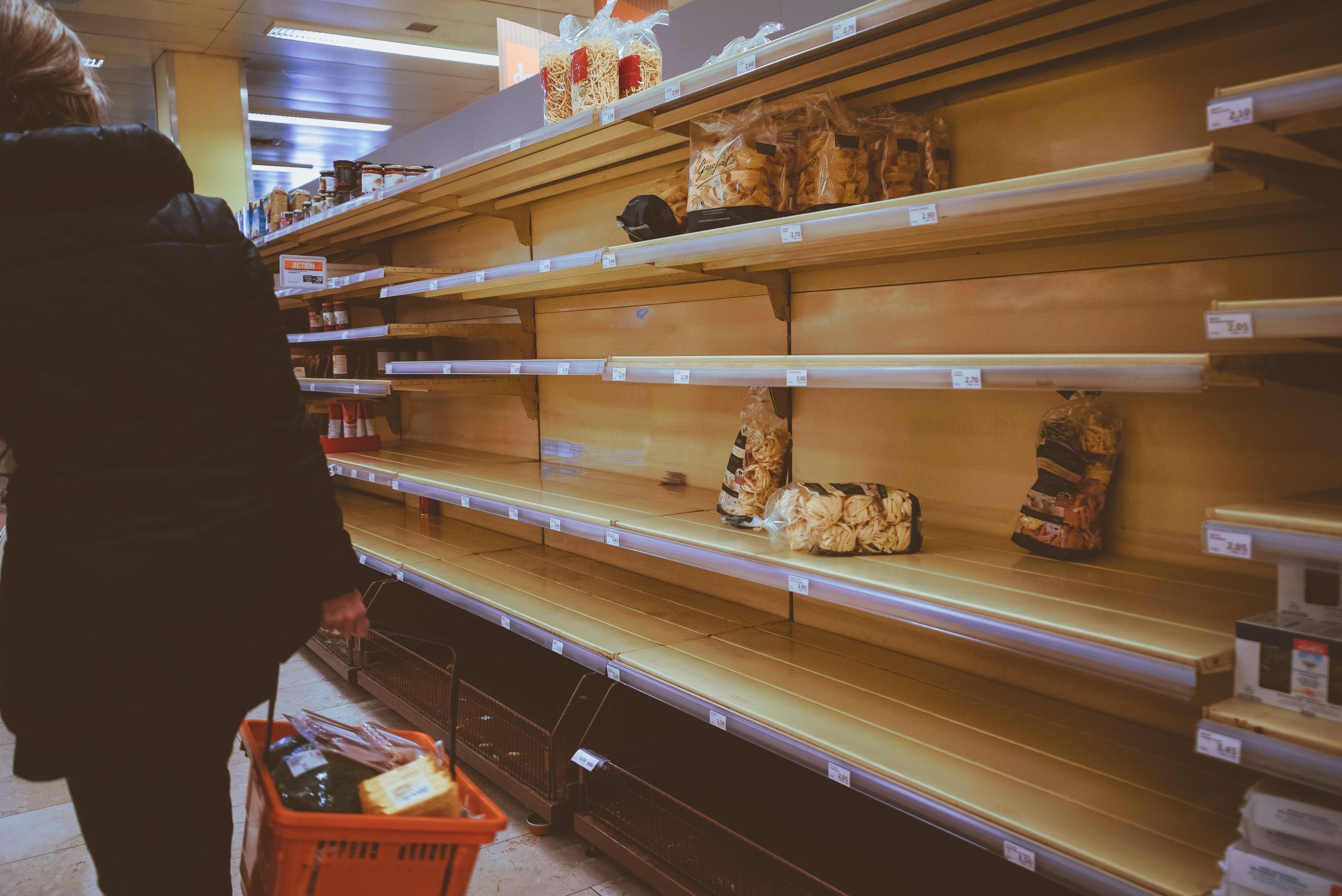The ultimate purpose of any supply chain is to connect buyers to suppliers, but any chain is only as strong as its weakest link, and supply chains are no exception. If you want to ensure that your company’s supply chain is strong enough to withstand shifting market tensions, we need to thoroughly inspect each link of the chain. For today, let’s take a moment to inspect the supply chain link that is closest to the buyer: the store shelf itself (physical or otherwise). How can a customer buy your product if it’s not on the shelf, or if your digital marketplace software incorrectly thinks the item is out of stock?
First, why does it matter? According to industry research (Gruen & Corsten 2008), Out of Shelf (“OOS”) incidence averages about 8%. This means that for every 12 or 13 items a customer wants to buy, approximately one of them will be OOS. Settling for average performance leads to a very big chance of having dissatisfied customers, contributing to retailers losing an average 4% of annual sales, costing manufacturers $23MM for every $1B in sales. OOS incidents also distort the accuracy of inventory information, further negatively impacting your company’s bottom line by contributing to inefficient replenishment orders from your suppliers, and skewing demand data which adds noise to the baseline upon which forecasts are made. An OOS event is not just a one-and-done problem, resolved by restocking the item. Chronic OOS issues can plague your company’s operations and cripple its growth for the future.
So, what can be done about it? Certainly, minimizing OOS events requires physical audits, but these can be costly. Luckily, audits can be informed and optimized by advanced mathematical modeling techniques. One group of researchers (Papakiriakopoulos et. al) compare the rules generated by different machine learning algorithms used to flag something as being OOS. They use sales and other data to train their rule-generating models, and they use physical audits to validate the rules generated. With this process, they ultimately curate a tailored set of rules which can accurately flag when items are OOS. Another group of researchers (Montoya et. al) employ an advanced statistical technique (a hidden Markov model) to take raw POS data and generate predictions on whether certain items are out of stock. Also validating with physical audits, they found that their approach results in a high power of detection while maintaining a low rate of false positives. Methods such as these can be used to increase the quality and accuracy of replenishment schedules, leading to less waste, increased sales, and more accurate demand data which can help you plan better for the future.
Accurate OOS information helps guide the decision-making when gauging future demand, but ultimately, demand forecasting is just one tiny piece of the puzzle when it comes to supply chain optimization. The approaches described above are only optimizing the final link in your supply chain, but by addressing OOS issues, the rest of your supply chain is strengthened, maximizing your company’s growth potential. Whatever approach your organization uses, one thing is clear: for the biggest impact, supply chain optimization needs to be an ongoing process embedded in the DNA of your company’s business model.
Ready to start optimizing your supply chain? Reach out to one of our subject matter experts today at info@bricz.com and let us help you realize your supply chain potential.
Contributor: Ben Sirb, PhD, Principal Data Scientist at Bricz
